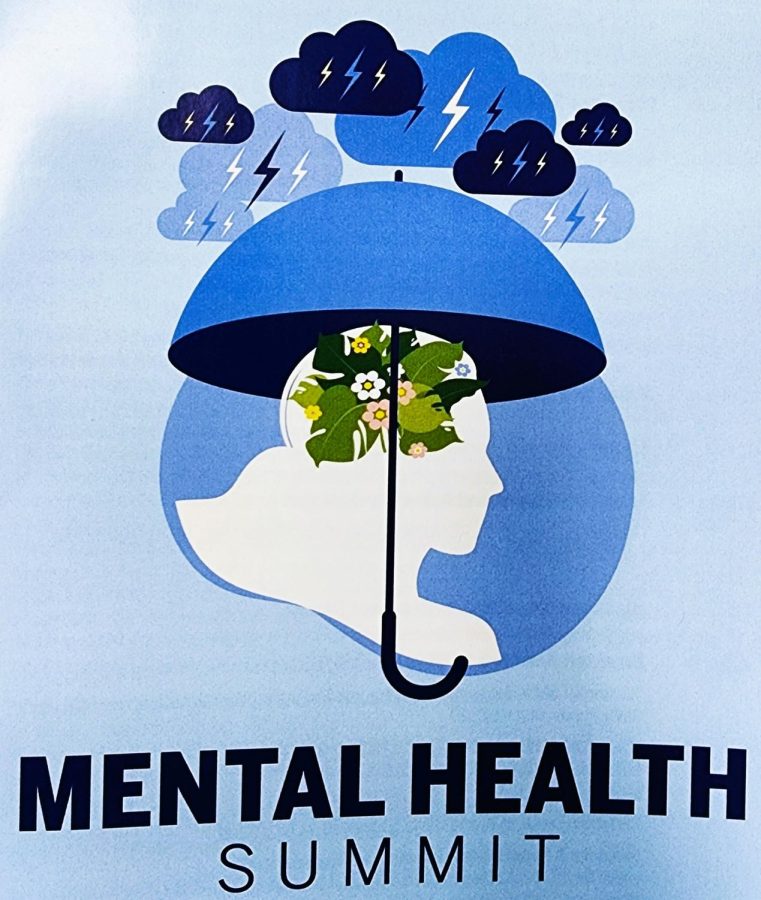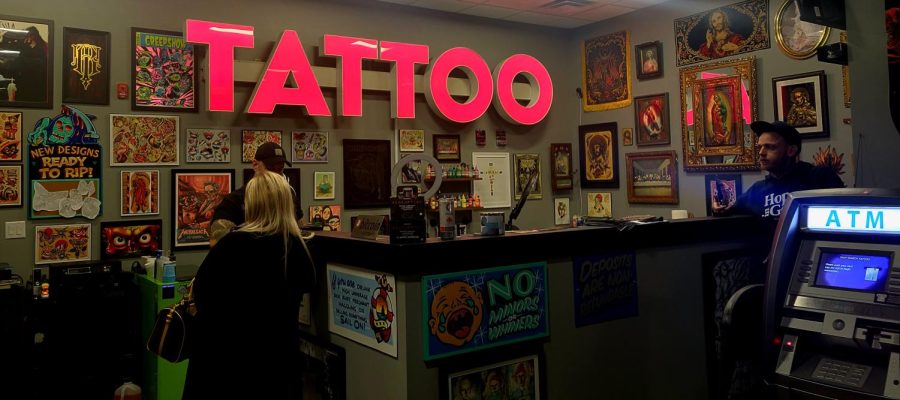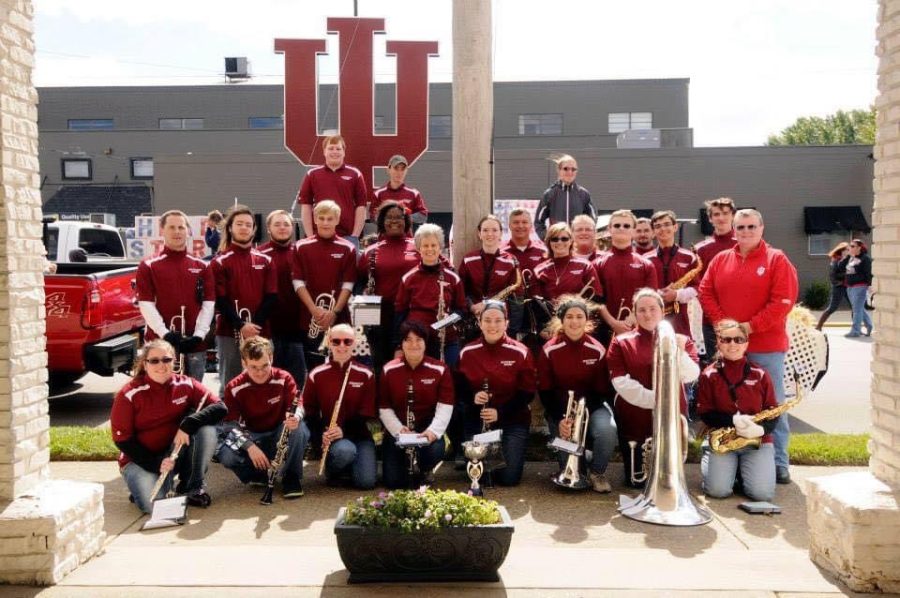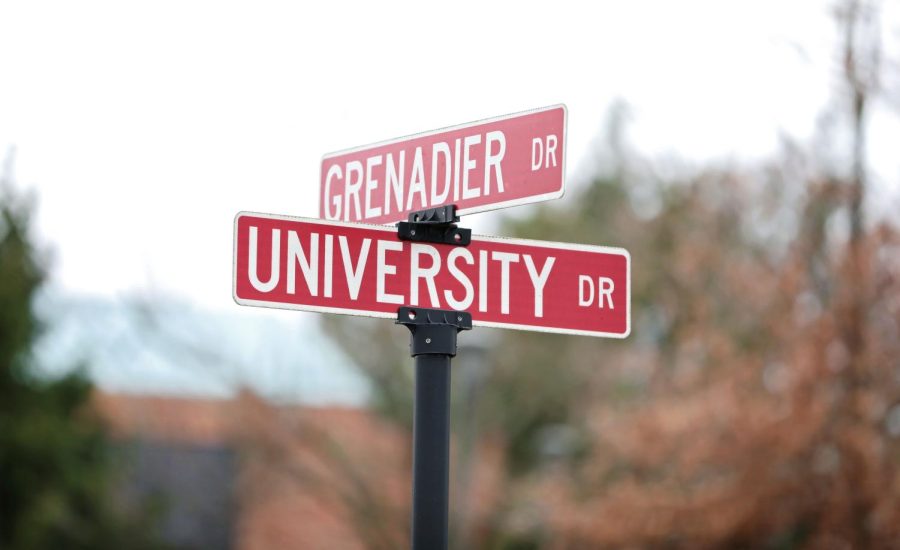One of the most pivotal pop rap albums, “Paul’s Boutique,” wasn’t well received when it was released in 1989, but The Beastie Boys used its sample crazy sophomore effort to develop an unusually large underground following.
The album solidified their stance as one of rap and rock’s greatest pioneer groups.
Fittingly, “Paul’s Boutique” has been reissued, and consequently rediscovered by an idealistic and excited musical audience. While rap has reached its crossroads and weeded out cookie-cutter imitations, rap and hip hop artists are now experimenting with new formats. There’s no better album to use as a how-to guide than “Paul’s Boutique.”
Coming off their Rick Rubin-produced debut, “License to Ill,” which introduced the hook-heavy hard rock punks and their obnoxious, but spirited lyrics to the major label community, the Beasties returned with a new label and a matured sound.
“Paul’s Boutique” foreshadowed what would eventually become a sampling storm that still exists today.
“Egg Man,” knocks at Curtis Mayfield with its soul-laying bass line and is modernized with its fast, crisp drum beat, while “High Plains Drifter” shamelessly borrows from Don Henley.
The three Jewish guys from middle-class New York swap hip lyrics and street stories overtop chopped hooks and beats. Each song seems to breathe effortlessly while the vocals are time and time again abrasively energetic.
Songs like, “Sound of Science,” experiment to the point of psychedelic fusion. Random street noise creeps through classic rock guitars, puzzle piece lyrics and breaks only for strange reggae samples.
Album’s like “Paul’s Boutique” are rarely accepted upon first release or first listen, but capture the attitude and awareness of a certain time and place.
By HUNTER EMBRY
Staff Writer
ahembry@ius.edu






